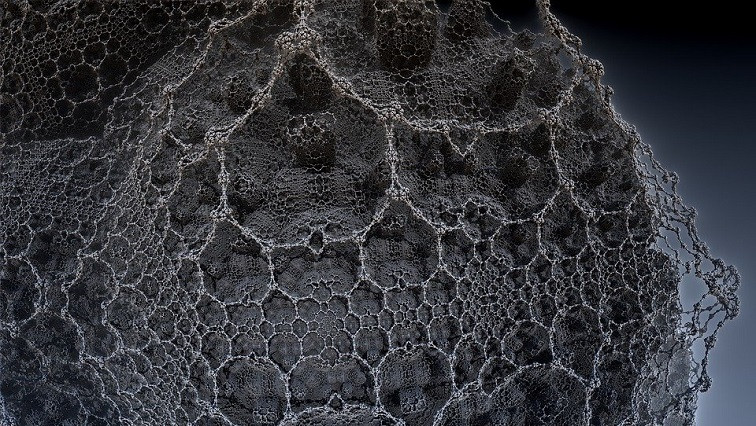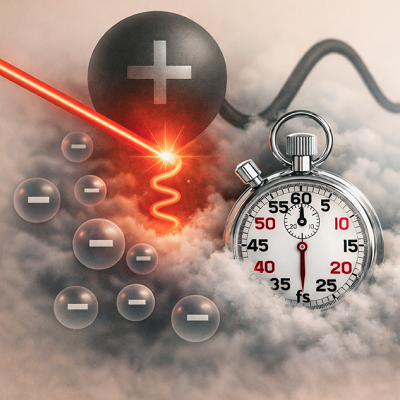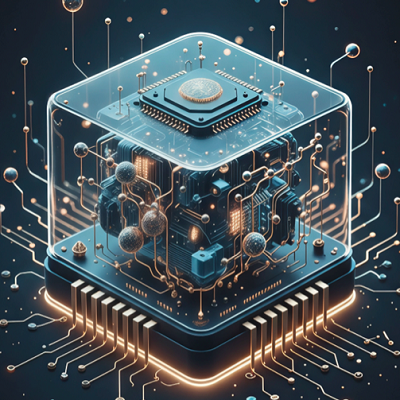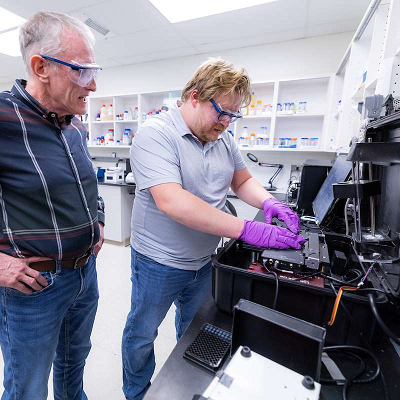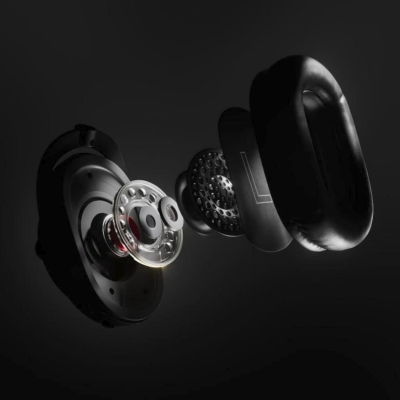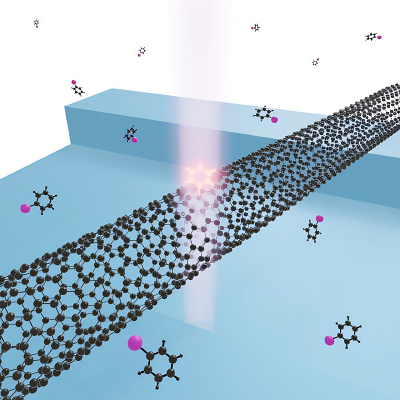Micro-computed tomography is incredibly helpful when it comes to studying the 3D microstructure of fiber-reinforced composites and other complex materials. Yet it is a finicky tool: Samples are tiny, and images often have artifacts and shaded, missing, or damaged regions. To help deal with that, researchers drew inspiration and expertise from the art world, where damaged paintings have to be restored while preserving their overall integrity. As a result, inpainting has become an established technique in digital image processing.
“The main advantage of AI inpainting is speed. With a trained model, we can process a hundred images per second, which would take a human incomparably longer. Also, computers are vastly superior at working with a three-dimensional image, because they see it from all sides — as well as right through — and can instantaneously reconstruct the entire volume, not just the surface as we humans do,” Radmir Karamov, the first author of the paper and PhD student at Skoltech and KU Leuven, said.
Karamov is part of a collaborative research project led by Skoltech Professor Iskander Akhatov — who heads the institute’s Center for Design, Manufacturing and Materials — and KU Leuven Professor Stepan Lomov. The team employed 3D encoder-decoder generative adversarial networks, aka. GANs, to fill a gap in the range of available inpainting tools for 3D micro-CT images.
As the authors explain, reinforcing inclusions in composite materials, such as fibers, can be randomly oriented in three dimensions, and that is why scientists have to work with 3D images describing this complex inner microstructure. Since the more conventional convolutional neural networks cannot provide the precision needed for this task, the team turned to GANs.
“In GANs, rather than train a single neural network to reconstruct pictures, researchers train two competing networks. A generator network tries to create fake pictures that look real, and a discriminator network examines the pictures and tries to determine whether they are real or fake. As Goodfellow, the creator of GANs, said, you can think of this as a competition between counterfeiters and the police. Counterfeiters want to make fake money that looks real, and the police want to look at any particular bill and tell if it is a fake,” Karamov explained.
The team tested three GAN architectures on micro-CT scans of short glass fiber composite — which has a structure without any repetition, the most challenging case for inpainting — and picked the architecture that combined high inpainting quality and performance with relatively low GPU memory usage.
“With the inpainting algorithm, we can eliminate all defects in micro-CT scans for a more precise simulation of material behavior and analyze how material performance will increase if all inside pores and voids are removed during the manufacturing process,” Karamov said.
Inpainting is just the initial step for a fully automated generative algorithm for novel materials, which would enable scientists to design a material based on the properties needed for a specific application, the researcher added.
The paper was published in the journal Computational Materials Science.
Read the original article on Skolkovo Institute of Science and Technology (Skoltech).

